SUMMARY
This is AI generated summarization, which may have errors. For context, always refer to the full article.
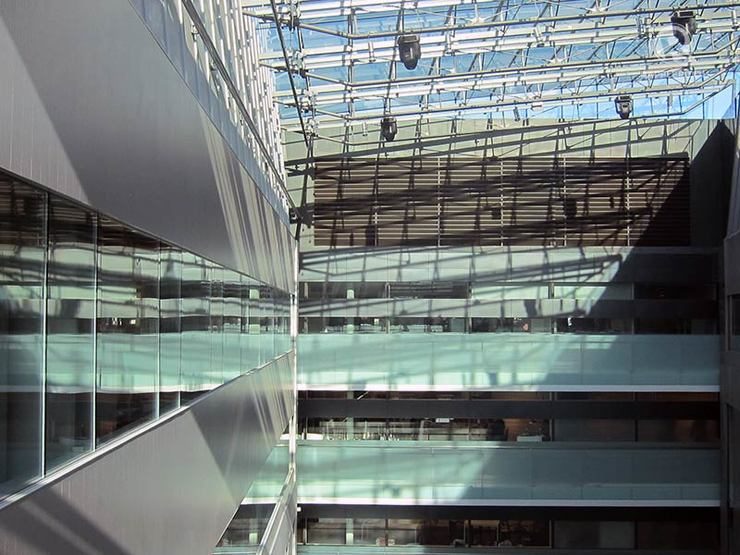
STOCKHOLM, Sweden – Our first encounter with H&M CEO Karl-Johan Persson was not at a stately executive lounge, mammoth megastore, or upscale restaurant.
Members of the Philippine media saw him first as he passed the group in a dark corridor near an elevator of the company’s design office, across the street from the more intimidating, glass-and-steel structure of its official headquarters in Stockholm, Sweden.
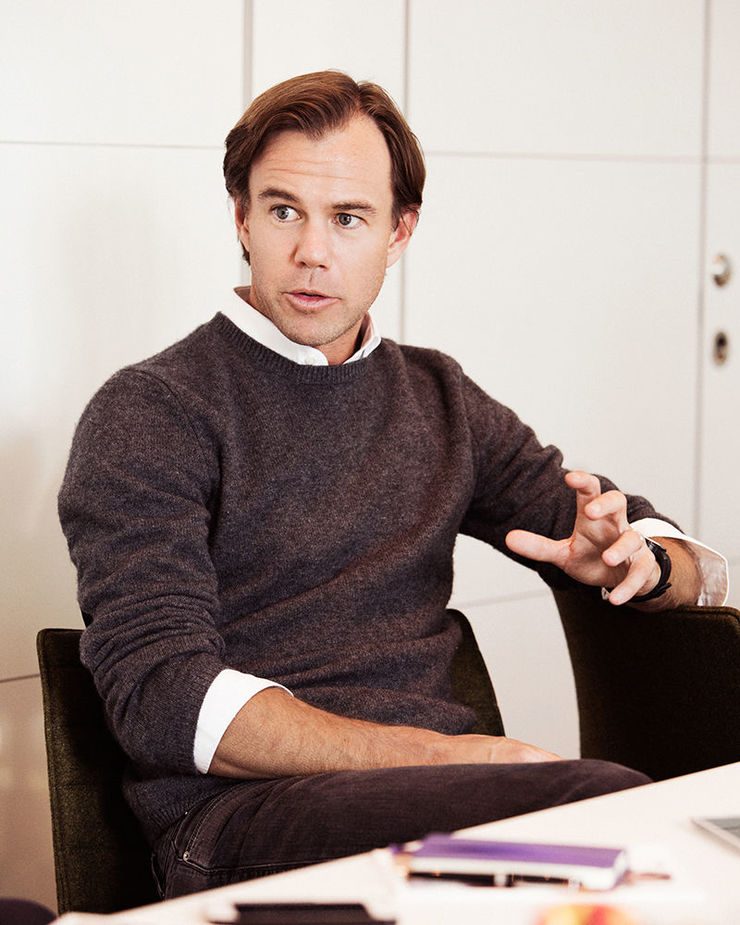
The building across the street is where concept designers from certain departments put together the various collections you’ll see in stores two, 3, 4 seasons from now. The same office houses the curated vintage closet for menswear, where a collection of jackets, trousers, and shirts is available for design inspiration. Everywhere, men and women bustle in and out, holding garments, swathes of fabric, comparing facts and figures.
In jeans and a basic gray sweater layered over a white shirt, the current CEO of H&M could easily have been one of the many stylish executives making their way from one meeting to another.
But at just 39 years old, Persson, who was named CEO in 2009 and is the grandson of H&M founder Erling Persson, is responsible for the growth and expansion of the 67-year-old brand. His father Stefan Persson is the chairman and majority shareholder of the company, which is publicly traded.
Today, H&M is present in 54 markets and over 3,300 stores worldwide.
The Philippines, which will see its first H&M store in the country in October, is the 55th market for H&M.
With everything moving so fluidly, it’s time to ask: what took them so long?
Waiting over
“We get that question from all the countries we enter,” Persson says.
“We open a lot of stores every year. We opened more than 350 stores, almost 400, and it’s a lot of work to find the right location, good rent deals, and most importantly, to find good people that fit into the H&M culture, so we have to expand in a way in order to ensure that we deal with good quality. If we can’t deal with good quality, we’d rather wait.”
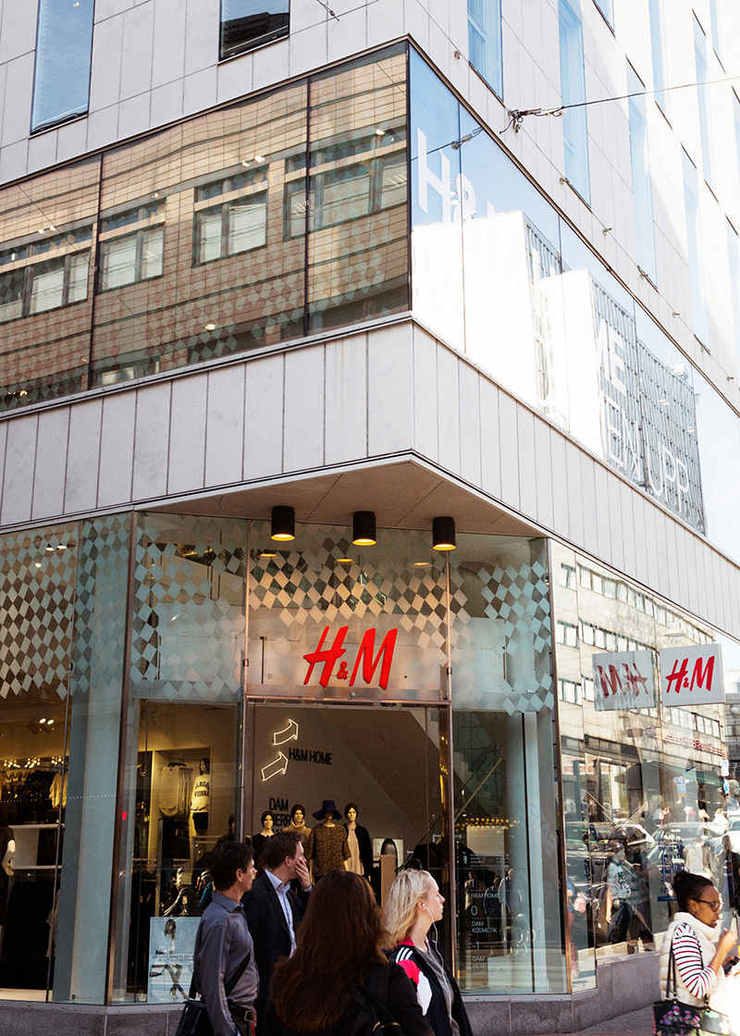
The waiting is over in the Philippines, and begins in some other market, in another faraway country. A wave of new stores will soon deliver a deluge of trendy leather jackets, joggers, neon shirts, inexpensive accessories, peep-toe booties, among other items, to the waiting arms of discerning shoppers. (READ: 7 things you must know about H&M in the Philippines)
Already, 4 more are being planned, with the company wasting no time to set up shop in Robinsons and SM malls around Metro Manila.
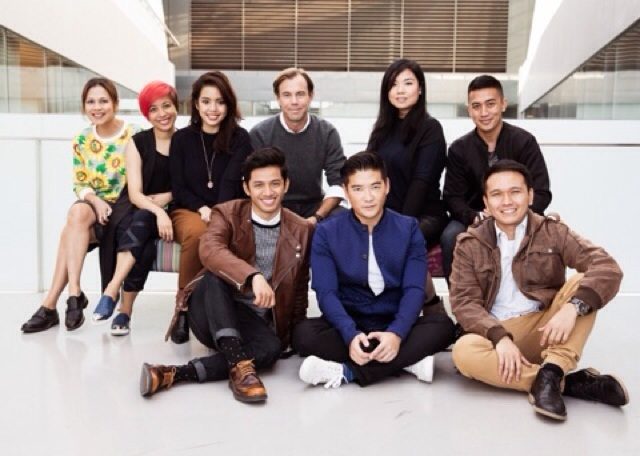
The market is more competitive than ever, as Filipino consumers have, in recent years, been treated to the arrival of other foreign competing brands like Forever 21, Cotton On, River Island, Bershka, Stradivarius, and Uniqlo.
The latter is expanding most aggressively, already with 16 stores in the Philippines, including shops outside Metro Manila, most recently in Sta Rosa, Laguna – and there are 8 more on the way. Pull & Bear, under Inditex, the company which owns Zara, will open soon in Manila.
Zara, of course, continues to be a retail mainstay, while local brands like Bench and the SM department stores have raised their offerings in terms of quality and variety, while retaining competitive pricing.
“We could expand a lot quicker than we’re doing today, entering more markets at the same time, teaming up, doing more franchises, teaming up with more partners, going for more speed and size, but we prefer to take a little bit longer to review. Maybe it’s costing a little bit more now, to do it on our own, but it’s a long term thing,” he continues. “It’s what we believe in, we still have a good pace.”
H&M is the force behind its own strategic arrival in the Philippines and will not be exclusively partnering with a local outlet.
‘Super interesting market’
They’ve known all along, says Persson, that the Philippines might be a lucrative market.
“We’ve known for quite some time that the Philippines is a super interesting market…with 100 million people living in the Philippines, the fashion interest is growing…there is a lot of interest in H&M.”
“…To enter a new country is more work than opening an extra store in Sweden or Germany, in countries where we already exist…We feel that we only can handle a certain number of new markets every year, but we also see that we have a business model that works globally so far, and we hope it will work in the Philippines as well,” he says.
A lot of work is right. Media viewed the stockroom, a cavernous space beneath a large, 3-floor H&M store in Stockholm, which housed rack upon rack of inventory, baskets of neatly labeled accessories, and rows and rows of shoes and other merchandise.
“…we like a challenge at H&M. I think we’re good, at our best, when we are challenged”
– Karl-Johan Persson, H&M CEO
From folding techniques to fitting room etiquette, from focus areas on the floor to the outfits on the mannequins, the guidelines are precise, specific, and meticulously followed around the world.
The people who will work as store personnel in the Manila office will be trained by international staff as well. A team of about 30 people based in the Philippines manage and prepare for the brand’s presence in the country, according to Dan Mejia, H&M’s PR representative. A permanent showroom, intended to showcase current and upcoming collections, was launched last June.
All this, in preparation to enter a market with a large appetite for affordable fashion.
When asked what has characterized H&M’s successes and competitive advantage, Persson says: “Many years experience, using no middleman [H&M does not own factories, but works closely with 3rd party suppliers], it’s the good logistics setup, it’s buying in big volumes; we are a big company.
We could charge 10 times the amount as maybe other companies, and they have fantastic gross margins…but we try to invest in the efficiency gains that we take, we invest back in the products, we constantly try to raise the quality all the time.”
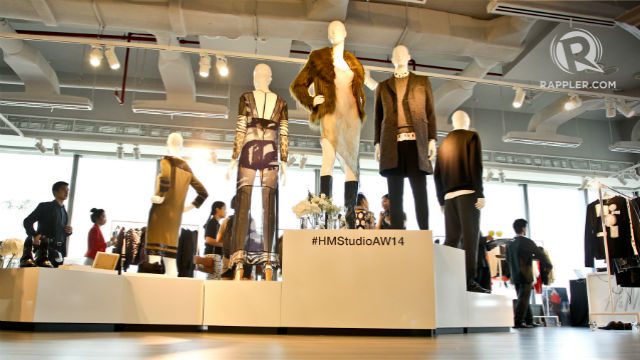
Within H&M, pricing tiers and different categories within the brand allow for a wide range of products to be sold at varying prices – all, of course, still with the aim of keeping it accessible. The Studio collection, for example, is decidedly more premium, while the Divided line, a trend-inspired category, appeals to the faster pulse of those following ever-changing fashion fads. A simple black dress could cost about P800, while a leather jacket may run up to the thousands. (READ: In Photos: H&M pieces that will be available in the Philippines)
“Growing at the pace that we’re growing, to secure that we keep the culture, keeping bureaucracy away…is a huge challenge…It’s a lot of work and there is a risk in that, that we expand too quickly,” explains Persson.
A deliberate, carefully rolled out plan, with hints of restraint, plenty of research, and a mind to retain the company’s culture and vision, are characteristics of the H&M expansion strategy. But once they’re here, they won’t hold back.
“Competition is always growing, competitors are getting bigger and better…we have to improve all the time and that’s a huge challenge in itself, but it’s very fun also because we like a challenge at H&M. I think we’re good, at our best, when we are challenged.” – Rappler.com
Add a comment
How does this make you feel?
There are no comments yet. Add your comment to start the conversation.